In 1898, Lt. Colonel John Henry Patterson was sent to Africa on behalf of the British government to oversee the construction of an important railway bridge. Located in the remote Tsavo region of Kenya, the operation employed thousands of laborers and spanned multiple miles of railway track, making it a considerable undertaking for any one person. But John Patterson was up for the daunting task. However, mere days after his arrival, a vicious pair of male lions began targeting and brutally attacking the workers. For more than nine months, the rogue predators used the work camp as their own personal hunting ground, dragging men from their tents at night and killing them for sport. They became known as “Ghost” and “Darkness” by the frightened workers, who believed them to be vengeful spirits defending their ancestral land from the encroaching British empire. With the attacks only getting worse, it was up to John Patterson to defend his workers and end the lions’ reign of terror.
In 1907, Patterson wrote about his tumultuous battle with the lions in his semi-autobiographical book The Man-eaters of Tsavo. Which in 1952 Hollywood first tried to bring this true tale of terror to life with Bwana Devil. But it was the later adaptation of Patterson’s memoir that would really haunted our nightmares when screenwriter William Goldman wrote The Ghost and the Darkness, directed by Stephen Hopkins starring Val Kilmer as the famed engineer/hunter/real life badass and Michael Douglas as the fictional badass Charles Remington. But just how accurate is the Hollywood version of Patterson’s experiences? Let’s venture forward and find out WTF Really Happened to The Ghost and the Darkness.
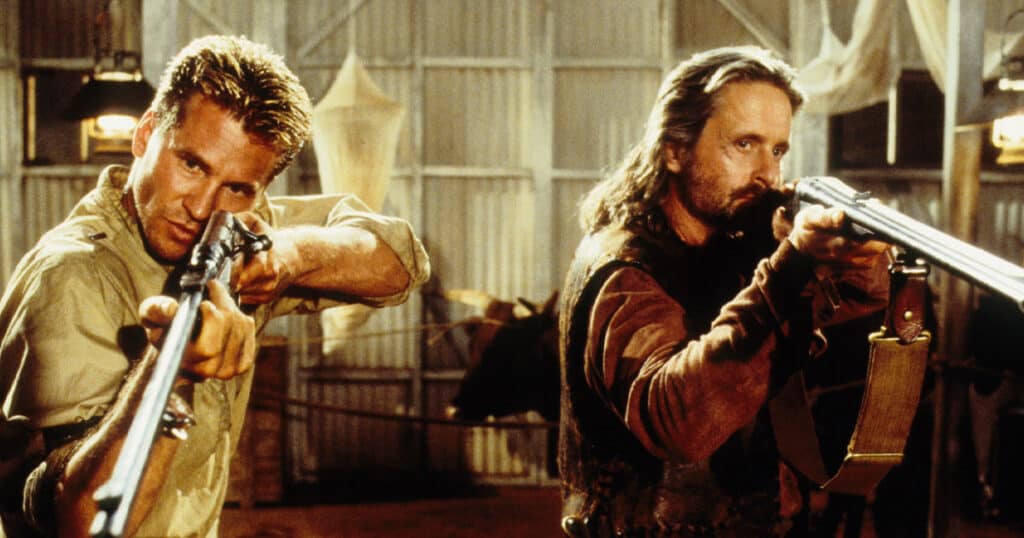
The film opens in England, 1898; John Henry Patterson is brought before Robert Beaumont, one of the bigwigs behind the Kenya-Uganda railway bridge construction project. Under the pretense of expanding trade routes and ending slavery in the region, Patterson is assigned the duty of overseeing the construction of a seminal bridge over the Tsavo river. He accepts the role and departs for Africa, leaving behind a pregnant wife, Helena.
So far, the only major departure from reality is Patterson’s pregnant wife. While Patterson was married to Frances Helena Gray at the time, she was not pregnant. The two would eventually welcome their first and only child – Bryan Patterson – in 1909. [70% FACT-O-METER].
Similar character changes are made upon Patterson’s arrival to Africa. In the film, we’re introduced to Angus Starling, the British supervisor of the railway; Samuel, the Kenyan foreman and Patterson’s eventual right-hand man; and Dr. David Hawthorne, the lead medic on site. While all of these characters are fictional, they are either directly inspired by, or amalgamations of, real people. [80% FACT-O-METER].
Mere days after Patterson’s arrival, the attacks begin. The film accurately portrays the unusual brutality these lions displayed. Workers were literally dragged from their tents and devoured on sight. The medical tent was also targeted, the injured laborers inside considered easy pickings for the beasts. [100% FACT-O-METER].
Soon the attacks ramp up, with multiple workers being killed each night. The movie effectively shows how difficult it was to hunt these lions, considering the size of the work camp. By the time Patterson would get to the scene of an attack, the lions would already be gone.
To keep the lions at bay, Patterson employed a number of tactics to defend the camp. Heeding the advice of Samuel, Patterson has the workers build thorn fences – known as bomas – around the camp to keep the lions out. He institutes a strict curfew to ensure there are no workers out after dark, and sets up small fires throughout the camp to further deter the lions. [100% FACT-O-METER].
However, the rogue predators are unbothered by these obstacles. Given their larger-than-usual size and determination, the lions were able to either leap over the bomas, or crawl underneath them. The fires and tents also offered no protection for the workers. Before long, the lions begin hunting in broad daylight, which is highly unusual behavior.
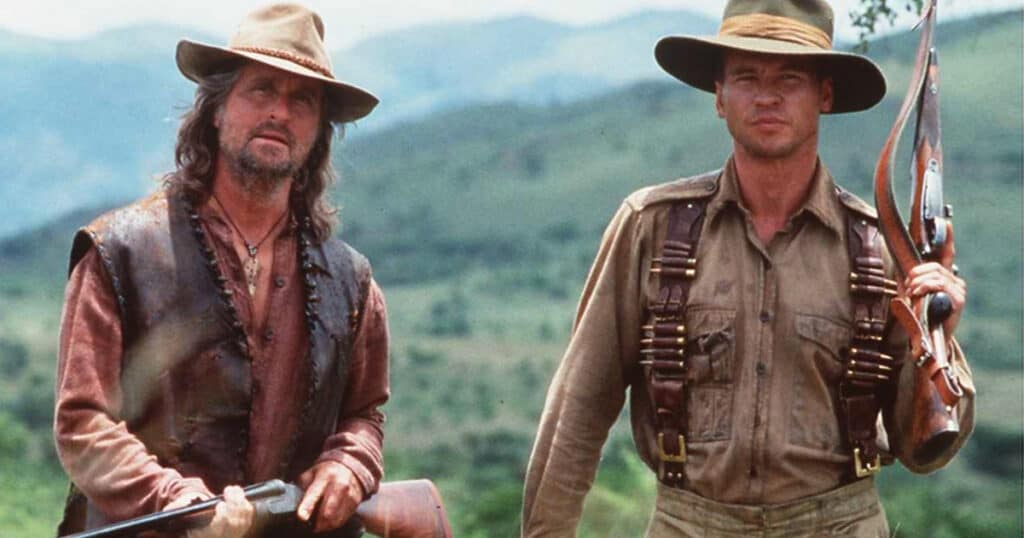
Now is probably a good time to point out one of the movie’s biggest inaccuracies, which is its portrayal of the two lions. The actual Tsavo man-eaters – as well as most lions in the region – are maneless, unlike the ones seen in the film. While scientists aren’t exactly sure why this is the case, one of leading theories suggests the hot, arid nature of the area renders them ineffective. In a region starved of ample sources of water, manes are – biologically speaking – a drain on the lion’s limited resources. Thus, they’ve evolved to grow without them. [0% FACT-O-METER].
However, director Stephen Hopkins didn’t have much of a choice when making this movie. Since the production employed real lions, they were unable to cast actual, untrained Tsavo lions for obvious reasons.
As the attacks get worse, the laborers begin to revolt against Patterson. Considering most of them were brought in from India, they simply didn’t know how to properly defend themselves from the lions. They viewed the beasts as vengeful spirits defending their territory from the British Empire, and considered Patterson to be the reason for the attacks. As a result, they turned against him and refused to work until the lions were killed. [100% FACT-O-METER].
To keep production on track, Patterson was forced to get crafty. In one of the movie’s best sequences, Patterson creates a box trap out of a decommissioned railway cart to cage one of the lions. Three Indian workers, armed with rifles, voluntarily locked themselves behind steel bars in the back of the trolley, using themselves as bait for the lions. Surprisingly, the trap worked, but it wasn’t long before chaos broke out. The trapped lion immediately became enraged and threw itself against the bars numerous times, threatening to cave in on the workers. Its deafening roar actually caused one of them to lose their hearing. The terrified volunteers began shooting at the lion, but somehow missed every shot. One of the stray bullets managed to strike the trap door, destroying the lock. Although the lion got away, the workers also escaped with their lives.
It seems unbelievable, but this entire sequence was ripped straight out of Patterson’s book. [100% FACT-O-METER]
In the film, Patterson requests the help of British soldiers to aid in hunting the lions. Beaufort refuses the request out of fear it will make their country look weak. Instead he sends for famed hunter Charles Remington, played by Michael Douglas.
Much like many other characters in the film, Charles Remington is a Hollywood creation. In reality, when work slowed down, the British government actually heeded Patterson’s request and sent over twenty Sepoys – or Indian riflemen – to assist in the hunt. [0% FACT-O-METER].
Upon his arrival, Remington takes charge as the lead hunter. His first order of business is to relocate the medic tent, as the smell of rotting human flesh is like catnip to the lions. In reality, it was Patterson’s idea to move the tent, and he did so fairly early during his time in Tsavo. [50% FACT-O-METER].
During the hunt the following day, Patterson uses a high-powered rifle that was given to him by Dr. Hawthorne. In the scene, Patterson and the Masai tribe – who they’re hunting alongside – manage to corner one of the killer lions. However, when Patterson attempts to kill it, his rifle jams and the lion escapes. Surprisingly, this also happened to the real Patterson. However, the faulty rifle was his own (not the doctor’s) and the Masai tribe did not participate in any hunts alongside Patterson. [50% FACT-O-METER].
Later that night, Patterson and Remington attempt to lure the lions to the old hospital tent. They cover the walls with animal blood and litter the area with parts. But somehow, the lions saw through their bluff and attacked the new hospital tent. Unbelievably, this actually happened to the real Patterson; the two lions were clever enough to avoid their trap and attack the new medic tent.
However, the film does deviate from the truth a bit. While there were attacks on medic tents, what is seen in the film is an all-out massacre. While there were a lot of deaths at the hands of these lions, there was never a mass killing over the course of a single night on this scale. [70% FACT-O-METER].
At this point in the movie, the remaining workers leave – it’s now up to Samuel, Remington, and Patterson to hunt these beasts alone. Remington and Patterson set out into the surrounding wilderness to track the beast, and come across what appears to be their den, absolutely filled with the bones of their past kills. It’s a horrific sight, and lends a supernatural terror to the onslaught wrought by these lions.
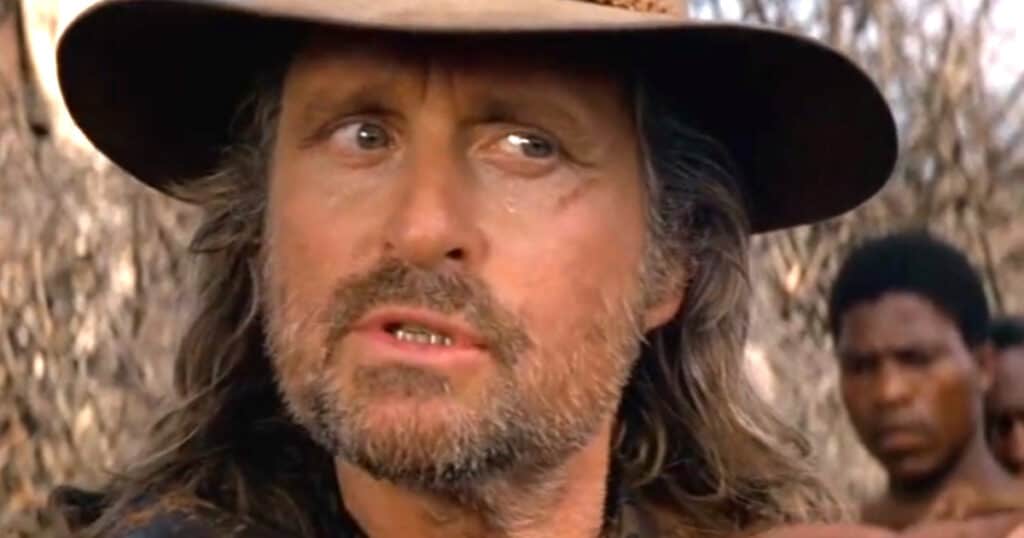
Ultimately, this part of the movie is – to a degree – fabricated. Patterson never found the lions’ den during his initial time in Africa, when this story takes place. But according to legend, Patterson did indeed discover a cave filled with animal and human remains when he returned to the region a few years later. Although he took a picture of the reported lion’s den, no one has been able to confirm its existence in the years since.
That night, Patterson finds an ideal position and sets up a scaffold to hunt from, using a live baboon to lure the lions out of the wilderness. And it works. What ensues is a battle to the death; Patterson manages to sink a few bullets into the beast, but is quickly overpowered by the lion. His life is saved by Remington at the last second, and the first man-eater is officially killed.
Although this scene is largely fictional, there are some bits of truth here. For starters, Patterson did set up a scaffold as a sort of hunting stand. However, he didn’t use a live baboon as bait, but an already-dead donkey. Patterson was able to shoot the lion but didn’t kill it. According to his book, the lion returned a few nights later, and Patterson – using a more powerful rifle – was finally able to take the beast down. [40% FACT-O-METER].
With the first lion officially dead, Remington, Samuel, and Patterson celebrate. However, the joyous celebration is short-lived, as the second lion – perhaps driven by vengeance – kills Remington in his sleep.
Considering Remington is a fictional character, it’s safe to say this scene never happened. [0% fact-o-meter].
The climax of the film diverges a bit from reality as well. In it, Samuel and Patterson lure the beast out of hiding when they cremate Remington’s remains. A long-winded chase ensues, with Patterson firing a number of rounds at the lion, who is seemingly unaffected by the bullets. Patterson manages to scramble up a tree, but the lion isn’t far behind. Samuel tosses his rifle to Patterson, who manages to finally deliver the kill shot, officially bringing the bloodshed to an end.
In truth, the hunt for the final beast spanned a few weeks and was much less thrilling. Like the first lion, Patterson lured it out of hiding using a dead goat as bait, where he was able to shoot it in its hind legs. However, the lion managed to flee, and remained in hiding for the next eleven days. Eventually Patterson and his small band of troops caught up to the lion and managed to shoot it a few more times. Somehow, the beast was able to escape again.
But it wouldn’t be for long. Patterson tracked the lion down the following day and finally killed it. All in all, the beast took nine rounds to take down. [20% FACT-O-METER]
The man-eaters of Tsavo hold a unique place in history. The two lions are believed to have killed close to 135 people over the span of nine months. Even though some historians dispute these numbers, it has never officially been discredited.
The reason behind the lions’ bloodlust is also up for debate. Some historians believe they developed a taste for human flesh thanks to the Arab slave caravans that often traveled through the area. Those who died on the brutal journey were essentially left where they dropped, providing these lions with a food source.
Later examination of the lions revealed that one of them may have had an impacted tooth. Although it sounds like a small issue, that dental problem would have made the lion a poor hunter. Humans, in contrast to typical prey like zebras, are much slower and – generally speaking – easier to kill.
Overall, The Ghost and the Darkness gets a lot of the story details correct. Given that most of what we know about this story comes from Patterson’s own book on the subject, it’s safe to say that some details may have been exaggerated for the sake of entertainment (and perhaps a bit self-aggrandizing). But by and large, The Ghost and the Darkness is not only a factual retelling of a terrifying ordeal, but also expertly and thrillingly told. It’s safe to say that The Ghost and the Darkness is more fact than fiction!


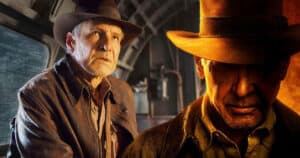
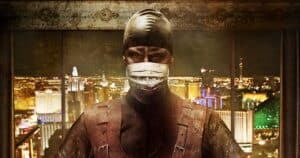
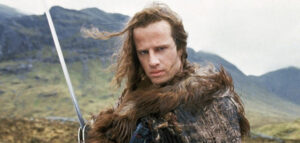
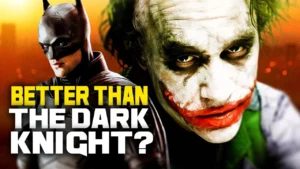




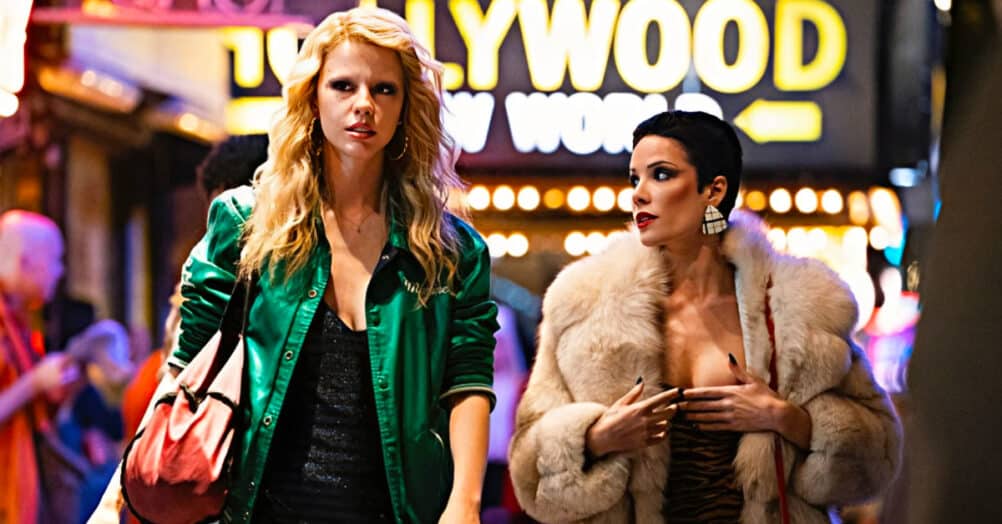
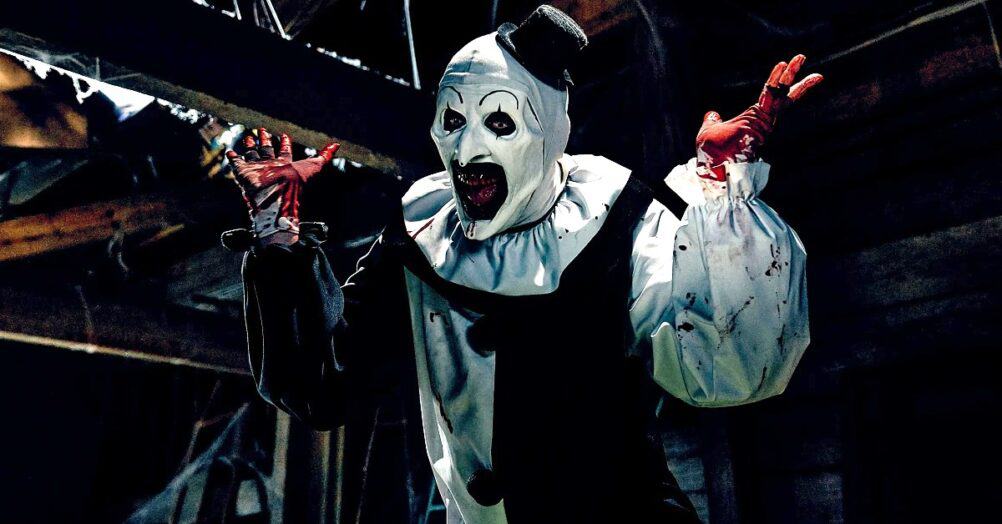
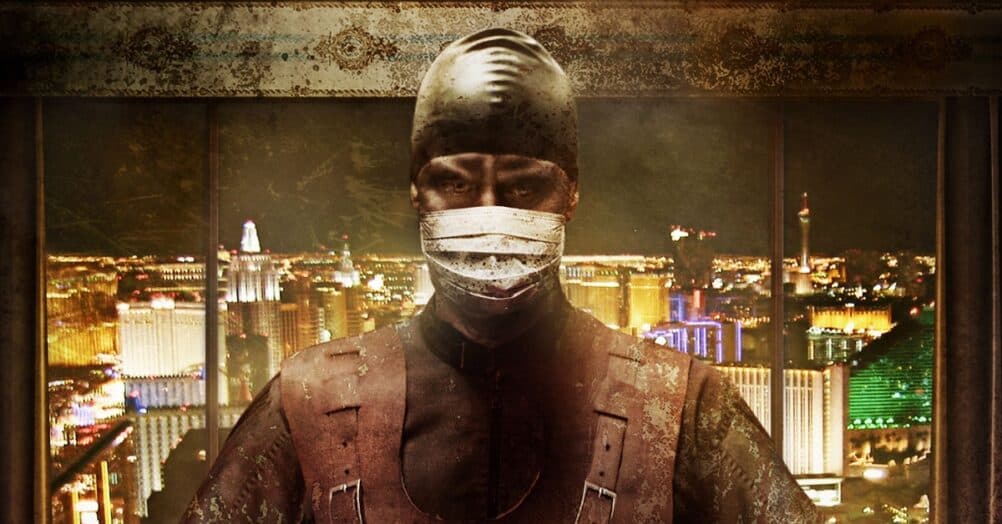
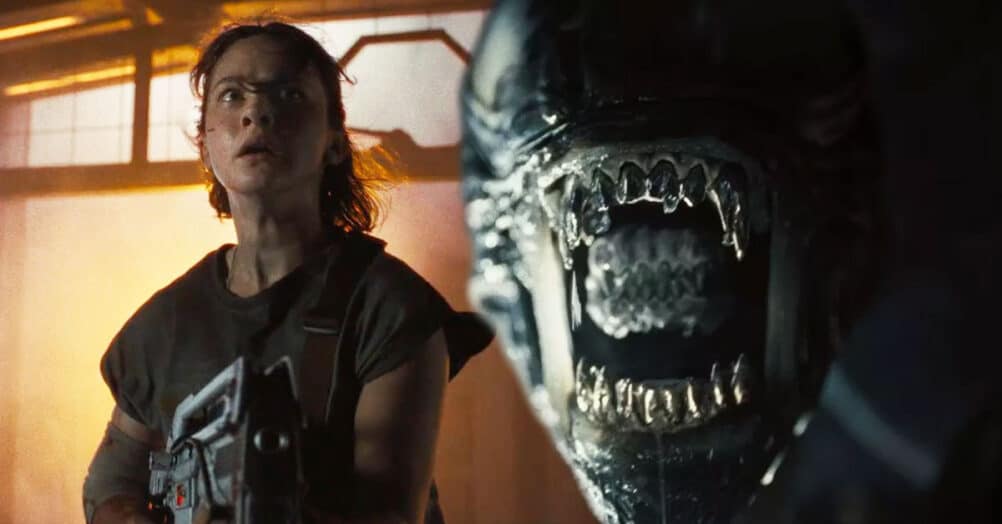
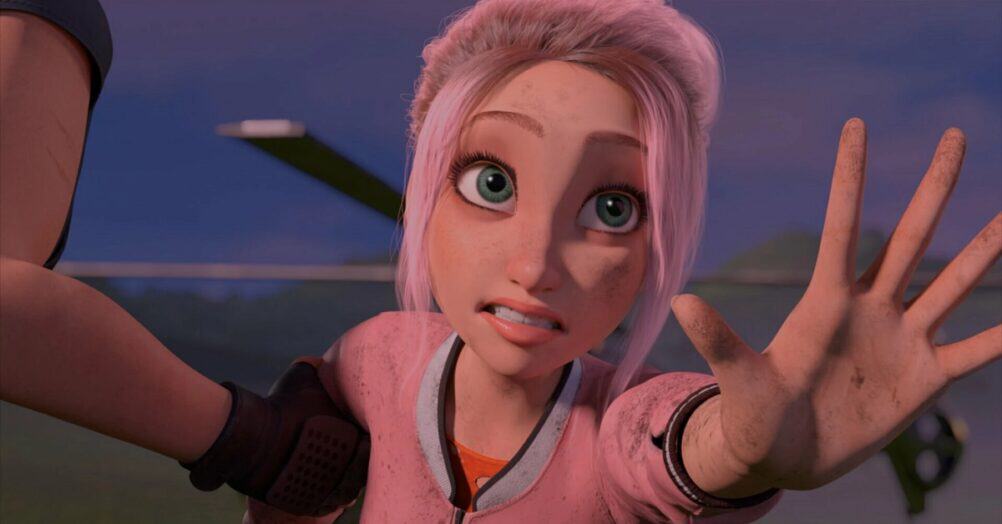
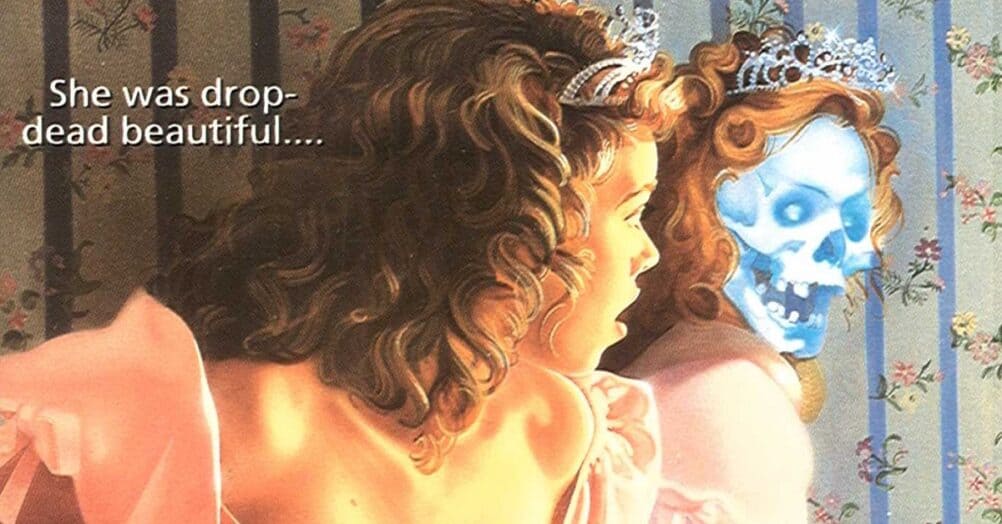
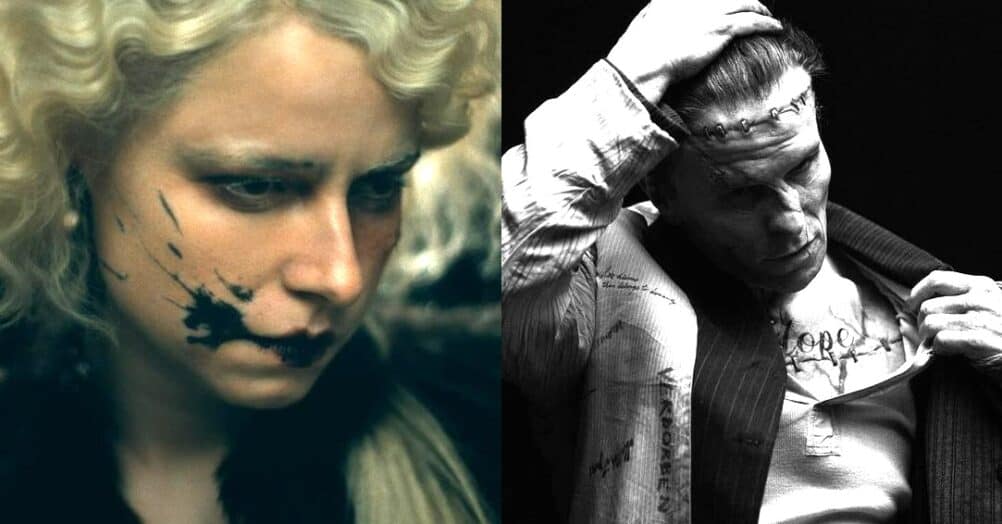
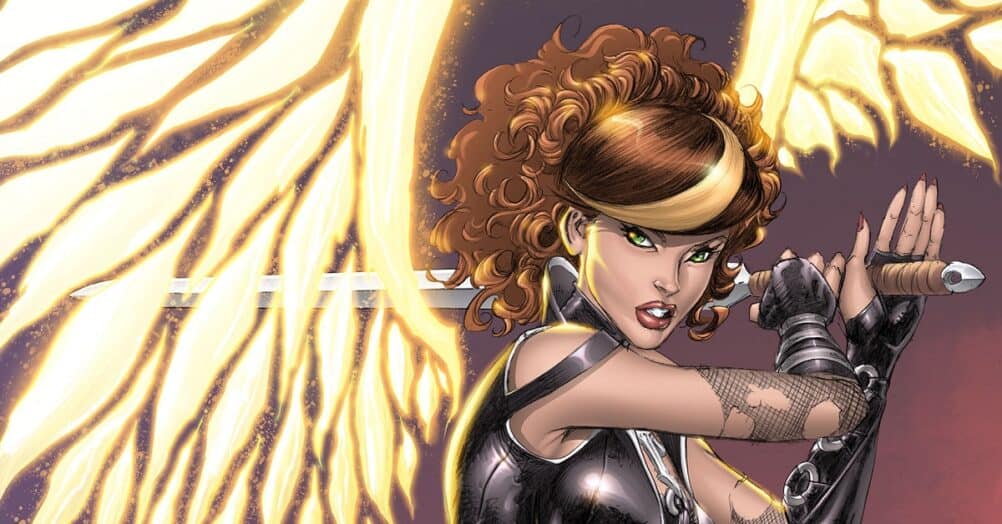
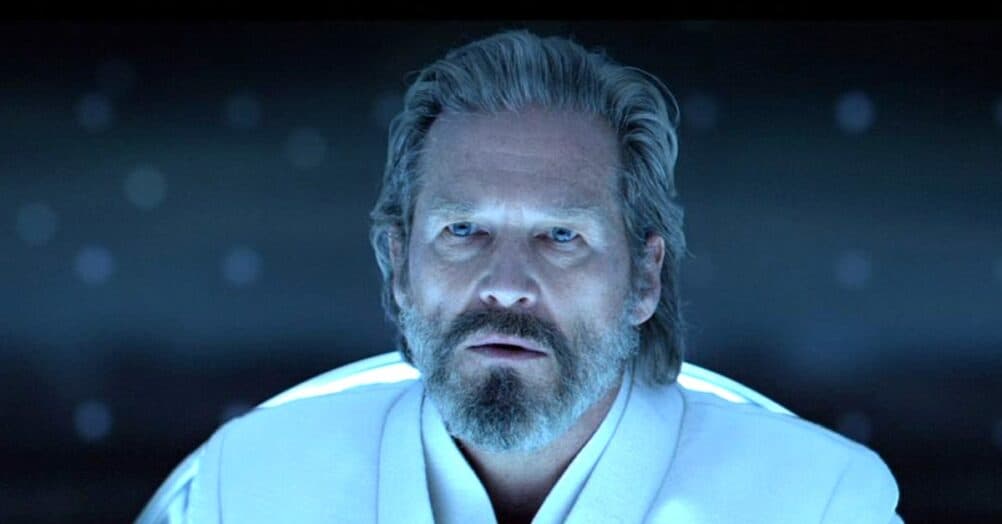
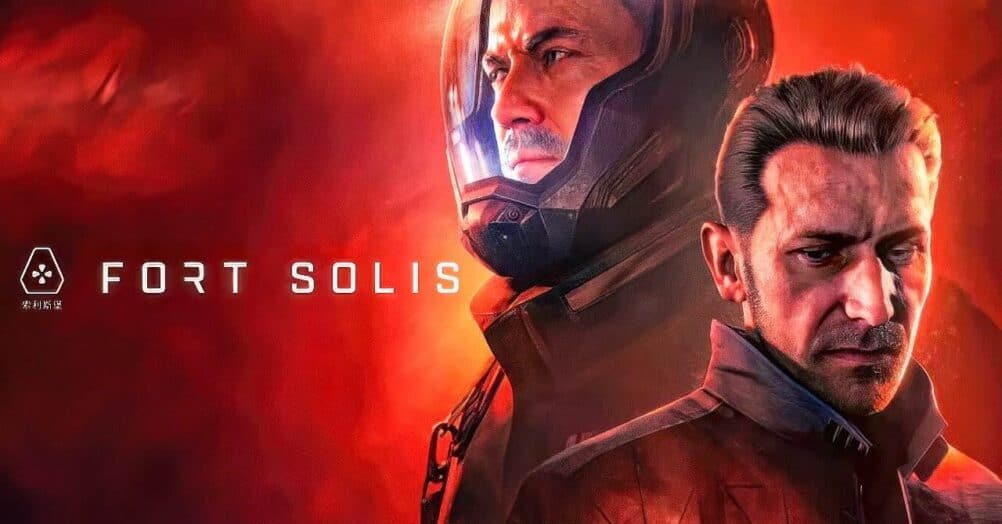
Follow the JOBLO MOVIE NETWORK
Follow us on YOUTUBE
Follow ARROW IN THE HEAD
Follow AITH on YOUTUBE